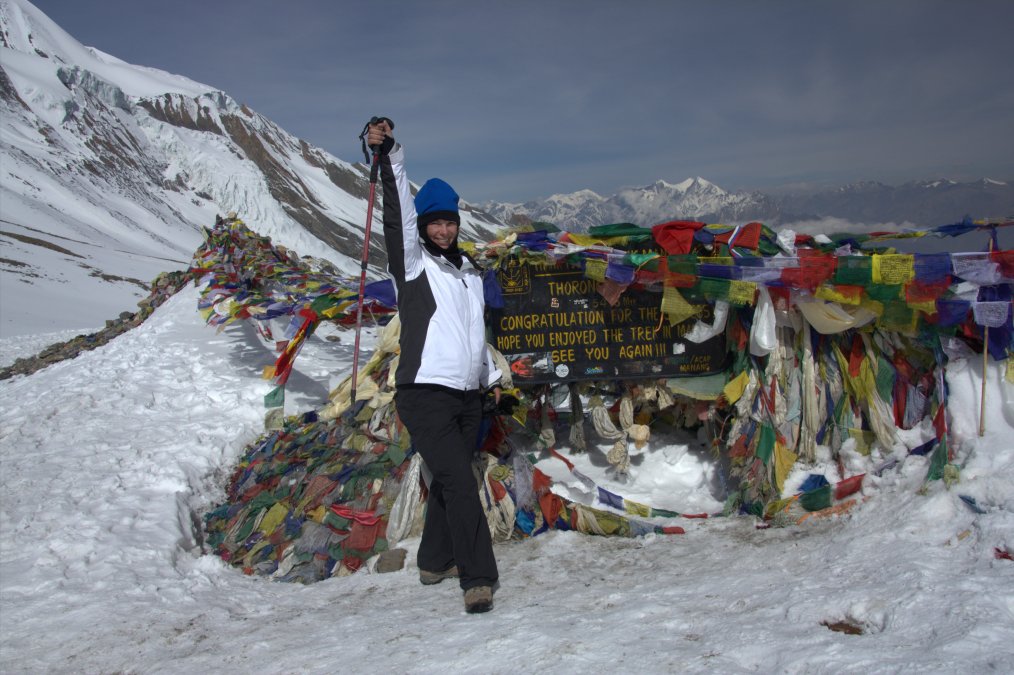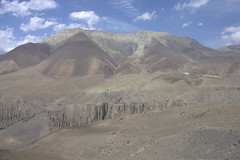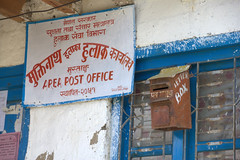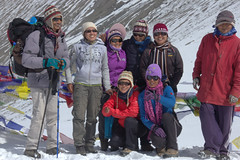It’s true that my blog has been silent for quite some time now. It’s also true that I’m back to the corporate grind, spending my days in meetings instead of meandering, my afternoons bursting with deadlines instead of siestas. The exotic destinations are now replaced with day trips to Cincinnati and I’ve traded in my backpack for a wheeled computer bag. Even though I’ve been gainfully employed for all of twelve weeks, I had the foresight, some might say the audacity, to negotiate an overseas vacation before I’m even eligible for my 401(K).
I thought it was ironic yet somehow appropriate that I end my year at the place it began: Surin, Thailand. Surin is a scorching little corner of Thailand, and home to the Surin Project, an endeavor to improve the lives of endagered Asian elephants. So much has stayed the same since last year. The days are still filled by cleaning up after the elephants, feeding them under the careful watch of the mahouts, joining them on daily walks and general project work. And then, so much has changed. The two babies from last year have been sold and moved to another area, one new one has taken their place (referred to only as “Baby Girl”), older female elephants roam the enclosure in the mornings. The departure of the babies is especially heartbreaking as they will be trained in the traditional manner (use of hooks and double chains to restrict mobility). There has been little interest in training the youngsters through non-violent positive reinforcement, which has been unsuccessful thus far in finding its first recruit in Surin.
While on the project the staff shared with us an eye-opening article written by National Geographic writer Bryan Christy. The article is entitled “Blood Ivory” and is worth a read in its entirety…I’ll borrow directly from it to give you some of the highlights, but here is the link if you care to read all of it:
http://ngm.nationalgeographic.com/2012/10/ivory/christy-text?source=religious_ivory_news
Ivory harvesting has long been a horrific practice and is an increasing threat as elephant populations the world over dwindle into endangerment. Like cocaine and diamonds, the brutal practices to satiate the world’s demand ensures the harvesting of ivory will continue. The biggest culprit? Religion.
Monsignor Cristobal Garcia, a priest dismissed in the United States for accusations of sexual abuse, promptly was promoted to Monsignor in the Philippines where he is one of the church’s most infamous collectors of ivory. According to some Christian beliefs, the more precious the material used in crosses, rosaries, and statues, the more pleased God will be, and ivory trumps gold. Garcia can get you intricate ivory pieces and provide advice on how to smuggle it back to your home country.
There are only a few ways to get at those coveted ivory tusks. One, the elephant dies of natural causes. Two, only the tips are cut off, thus not harming the animal but yielding only small pieces. And three, the blatant murder and mauling of the elephant. Human lives are also lost in the process. Those protecting the animals are often casualties as are the poachers. It is legal in Thailand to sell ivory domestically and perfectly acceptable to remove the tusks once an elephant has died of natural causes. While Thailand prohibits the killing of elephants for their tusks, black market tusks from Africa mingle with Thailand’s legal supply thus making it virtually impossible to distinguish if that ivory trinket is actually made from Blood Ivory or not.
Go to the Vatican and you will find plenty of ivory shops, all legal within the Vatican’s borders. Buy one and it will be personally blessed by a Vatican priest and shipped to you. Ronald and Nancy Reagan purchased from the state department an ivory Madonna which was originally presented as a gift to them from Pope John Paul II.
But the Christians are not the only culprits. Look closely at the rearview mirror in a Thai taxicab and you might see an ivory amulet hanging from the rearview mirror. Here ivory is believed to remove bad spirits. China has huge ivory factories and skilled carvers. The Buddhists believe that to be respectful of the Buddha, one should always use precious materials to consecrate his image. Somehow I don’t think Buddha, or Jesus for that matter, had the slaughter of animals in mind when they recruited their followers. Until the demand is quelled, the resourceful and desperate will, sadly, find a way to fill the supply.











